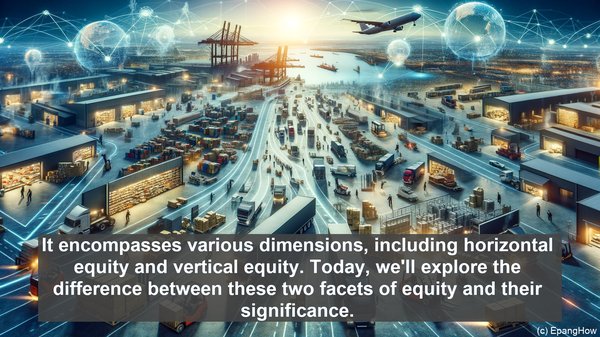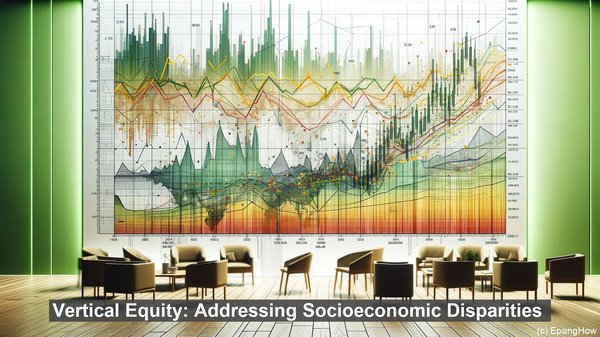Introduction: Equity as a Guiding Principle
Hello everyone! In the pursuit of a just society, equity serves as a guiding principle. It ensures that resources, opportunities, and burdens are distributed fairly. However, equity is not a one-size-fits-all concept. It encompasses various dimensions, including horizontal equity and vertical equity. Today, we’ll explore the difference between these two facets of equity and their significance.
Horizontal Equity: Equal Treatment for Equals
When we talk about horizontal equity, we’re referring to the principle of treating individuals in similar situations equally. It’s about ensuring that people who are in the same economic or social circumstances are subject to the same rules, regulations, and taxation. In essence, horizontal equity aims to eliminate any arbitrary distinctions and ensure a level playing field.
Vertical Equity: Addressing Socioeconomic Disparities
On the other hand, vertical equity focuses on the redistribution of resources to address socioeconomic disparities. It recognizes that not everyone starts from the same position in terms of wealth or income. To achieve vertical equity, policies may involve progressive taxation, where the tax burden increases with income, or targeted welfare programs that provide assistance to those in need.

Progressive vs. Regressive Taxation: A Vertical Equity Concern
One area where vertical equity is particularly relevant is taxation. Progressive taxation, as mentioned earlier, is a key tool in achieving vertical equity. By imposing higher tax rates on higher incomes, it aims to reduce income inequality. In contrast, regressive taxation, where the tax burden is proportionally higher for lower incomes, can exacerbate disparities. Understanding these distinctions is crucial in designing a tax system that aligns with equity goals.

Balancing Horizontal and Vertical Equity: A Complex Task
While horizontal and vertical equity are distinct concepts, they are not mutually exclusive. In practice, achieving both can be a complex task. For instance, a policy that aims to address vertical equity, such as targeted welfare, may introduce some deviations from horizontal equity. Striking the right balance between these two principles often requires careful consideration and trade-offs.
